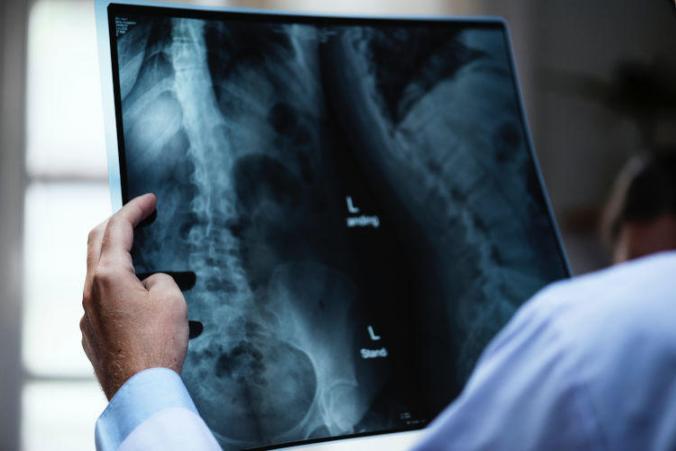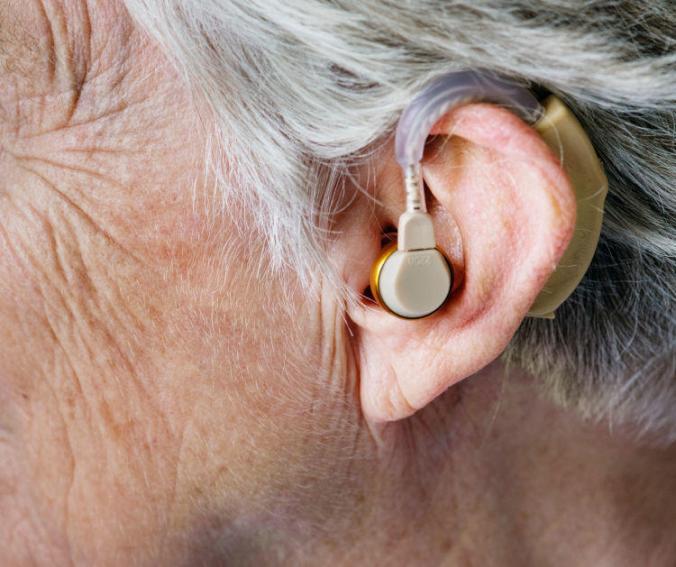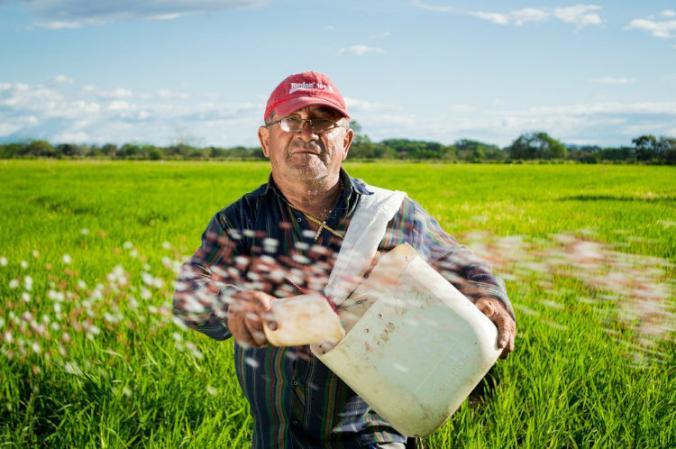Injured workers are required to designate an attending provider or attending physician (AP) on their L&I claim or workers’ compensation claim. In very simple terms the AP is the medical provider that manages treatment, reports progress to L&I, and assesses the injured workers’ medical ability to return to work in regular intervals as the claim progresses. It is the injured worker who gets to choose their AP, but the AP must be within L&I’s medical provider network (MPN) and the chosen provider must be willing to see the injured worker.
I’m often asked by injured workers what kind of AP they should select. People are often concerned with finding a provider that will be “good” for their case and often believe that in order for the provider to be “good” they must be a MD. While the opinions of medical doctors can sometimes carry greater weight than other types of providers, I don’t always agree that an MD is the best AP. I usually tell injured workers to select an AP they are comfortable with. It is important for injured workers to have good communication with their providers, to feel comfortable with the medical advice they are given and with asking questions. It is also important for injured workers to have attentive AP’s that pay attention to the facts and details of the claim, provide appropriate and well-reasoned treatment recommendations and referrals, and who are willing to respond to inquiries from the Department.
There are many kinds of medical providers that can be APs including, but not limited to, medical doctors (MD), osteopathic doctors (DO), chiropractors (DC/DCM), naturopaths (ND), physicians’ assistants (PA-C), and advanced registered nurse practitioners (ARNP). Many injured workers are surprised to learn that their “family doctor” or “primary care physician” may be within the medical provider network and able to take on the role of AP. Therefore, it is best to take your time and do your research when selecting an attending physician. Injured workers can change the AP designation by filling out a Transfer of Care card, and can search for MPN providers through the Department’s Find a Doc website.


